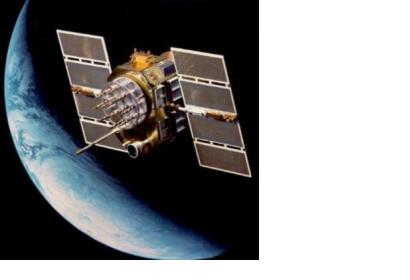Satellite images could be used to track and quantify long-term recovery efforts in regions stricken by natural disasters. But longer term recovery — including the rebuilding of infrastructure and amenities such as schools and hospitals — can take decades, depending on the extent and the location of the disaster.
Now, a group based at the University of Cambridge, United Kingdom, working with industrial partners Cambridge Architectural Research Ltd. and ImageCat Inc., says it has developed the first systematic approach to monitoring and evaluating this process. The method, which has been submitted to Disasters journal, involves tracking a region using high-resolution satellite images, which have become more abundant and affordable in recent years.
A recovery monitoring system could improve coordination and decision-making, and warn if the reconstruction is not going according to plan, say the researchers. "Analysing past recovery processes will also allow us to identify examples of good and bad practice and to provide 'lessons learned' to stakeholders that can hopefully be applied to future and ongoing responses," Brown said. Their approach is to integrate satellite data into 13 'performance indicators' such as length of roads and distribution of housing. Data is then compared with on-the-ground reports collected from household surveys and interviews with recovery workers. The method is based on two case studies, in Pakistan and Thailand, which are documented in the team's report, 'Disaster Recovery Indicators', aimed at policymakers and released last year.

